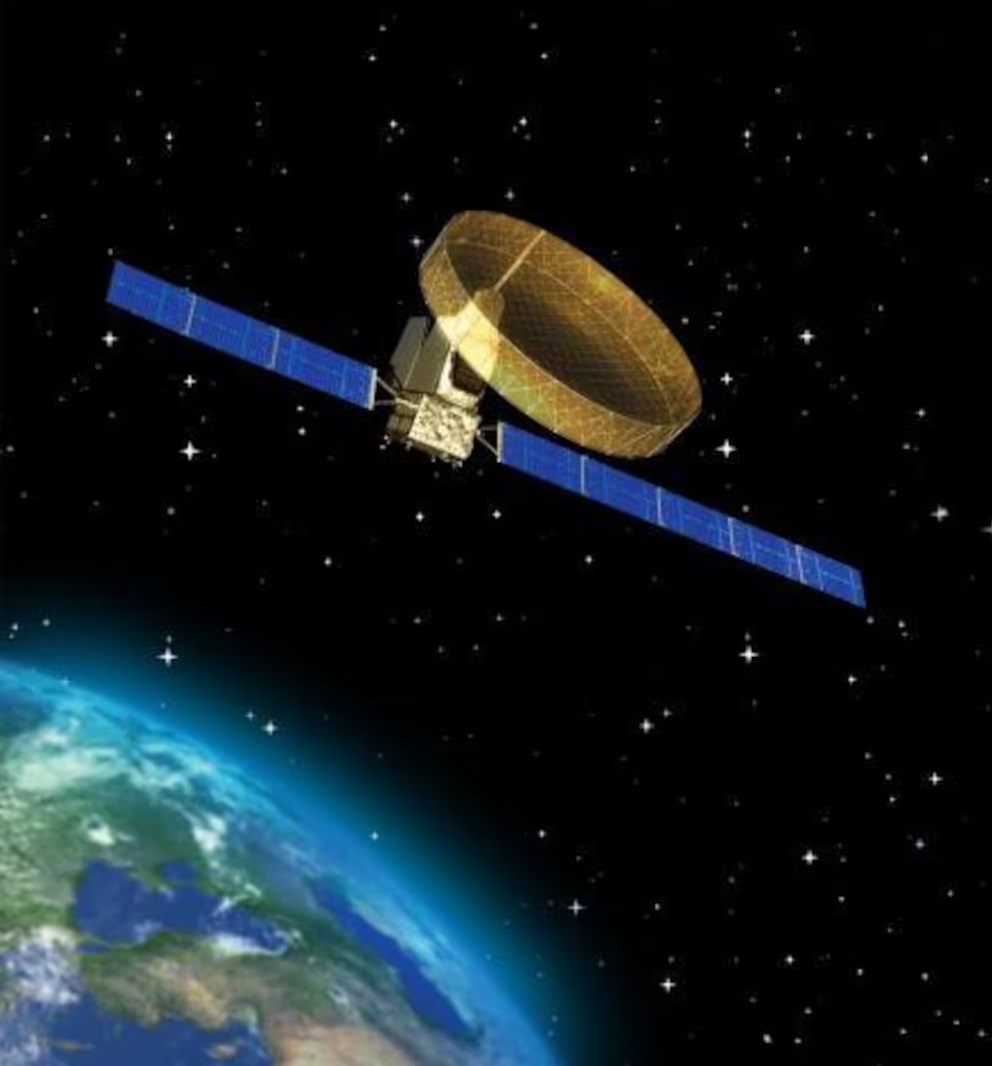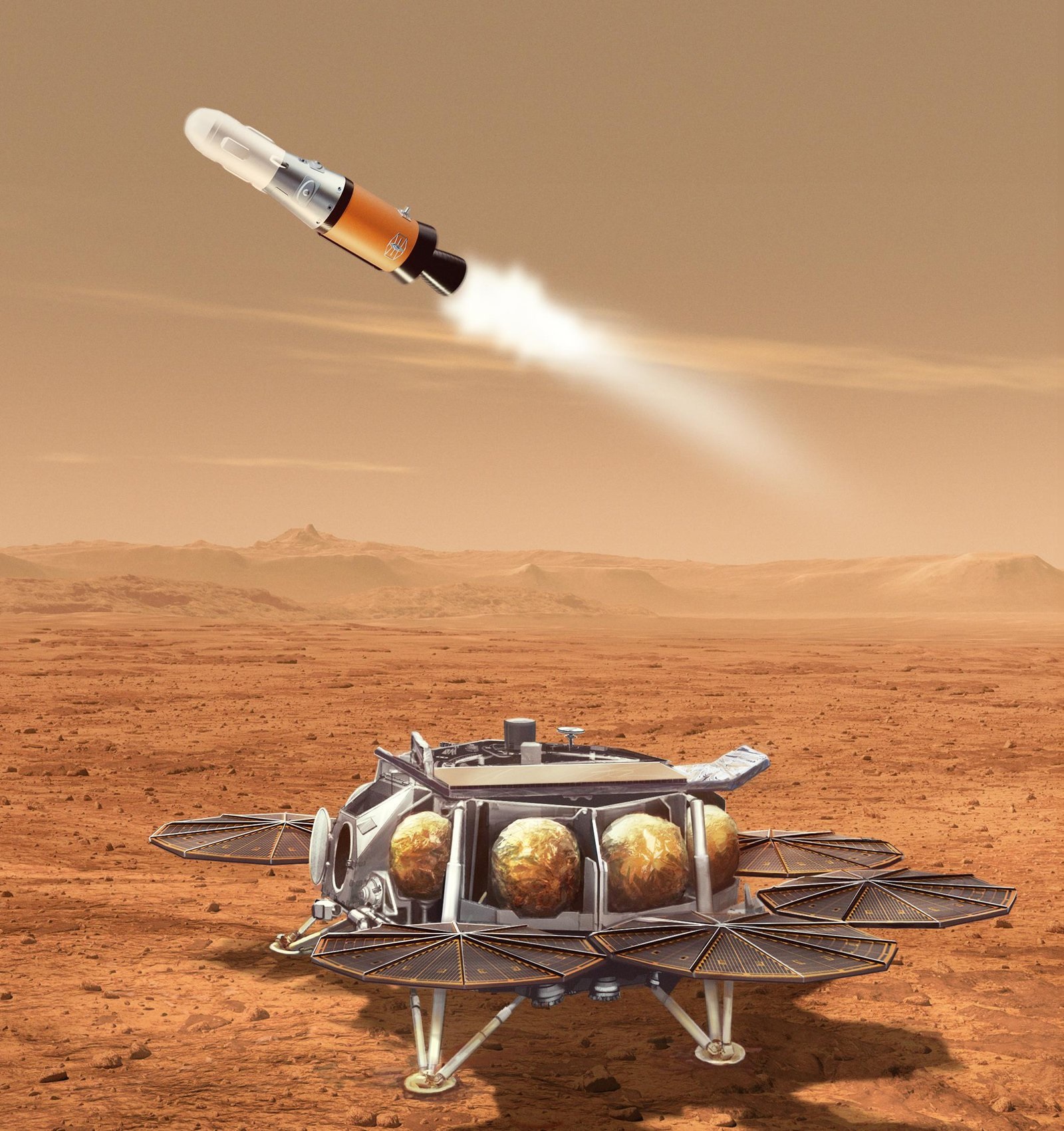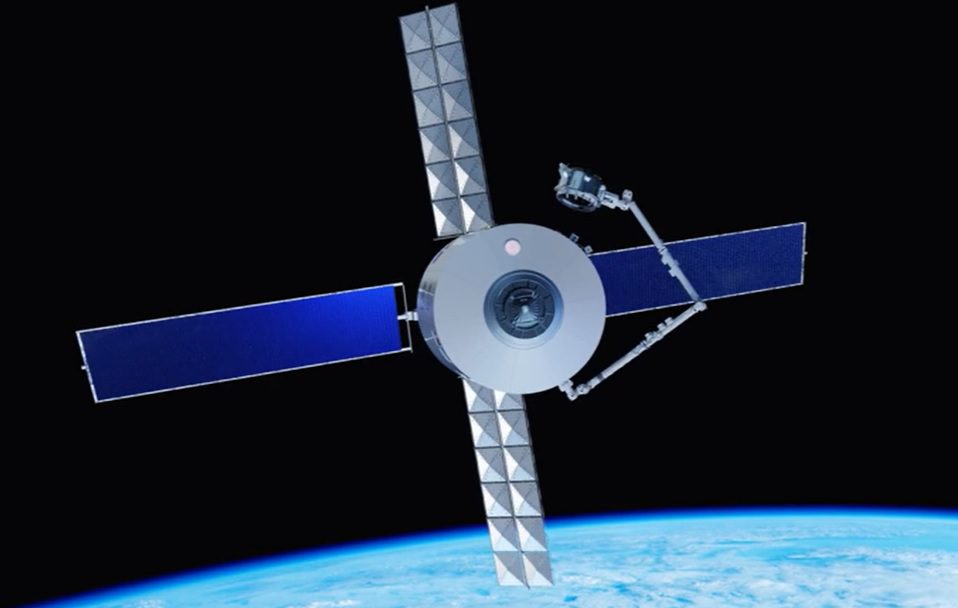Speaking at the Satellite 2022 conference in Washington D.C. Erwin Hudson, Vice President, Telesat Lightspeed System Development, of Telesat revealed that even his satellites – despite them being early in their production – had been affected by the COVID-19 pandemic and it now didn’t expecting the first launch of its constellation until 2025. Services should soon follow in 2026 however. He outlined that although this does seem slow compared to some of its other LEO rivals – read SpaceX Starlink and OneWeb – his satellites should be compared to “their second-generation” as the Telesat units will be fully laser inter-satellite link equipped from the get go.

Telesat remains confident with its business plan which in contrast to the other two players will be focused on the B2B (Business-to-Business) markets, as opposed to the more consumer broadband offerings from OneWeb and SpaceX. It has divided the B2B market into five sections: Aero, Maritime, Enterprise, Telecoms, and Government, which it believes will give it enough uniqueness in the LEO field to keep it viable. Additionally, Telesat plans to utilise its extant GEO assets to enable its constellation’s offering. Some customers already present on its GEO satellites may be migrated to Lightspeed, it is already working with certain customers to make them “LEO ready”.
It finally selected European manufacturer Thales Alenia Space (TAS) as its prime contractor in 2021 after several years of planning. However, there is not yet any indication from the company as to who will be launching the spacecraft.








